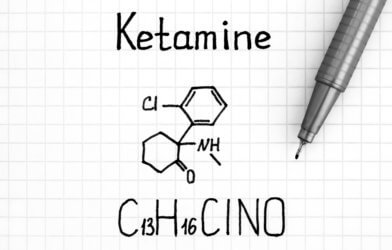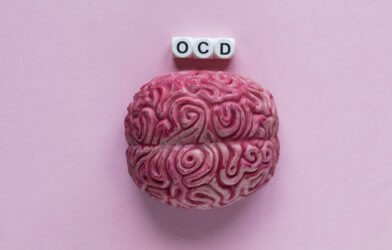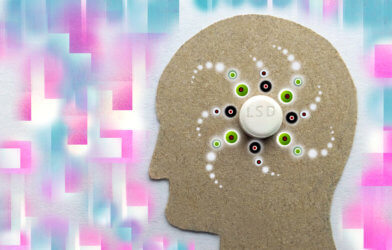Depression affects one in twenty Americans and is the leading cause of disability worldwide. While it is usually treated with antidepressants such as Zoloft in combination with therapy, up to 30 percent of patients do not experience much relief from this method. Now, a new, alternative treatment may help those patients improve their quality of life.
Ketamine is an anesthetic that has been used as such since 1970. During the 70’s, it was also known as “Special K” and used as a party drug. Around the 1980’s, the scientific community discovered its use as an antidepressant. Today, ketamine provides hope for people with mood disorders ranging from depression and bipolar disorder to obsessive-compulsive disorder. Ketamine regulates mood by affecting glutamate, a neurotransmitter that sends signals to the brain, whereas, traditional antidepressants increase serotonin, a hormonal mood stabilizer.
First trial outcomes with ketamine as an antidepressant were promising, with the patients frequently experiencing immediate improvement. “The latest research suggests that ketamine markedly reduces depression symptoms (by at least 50%), including suicidal thoughts, in a few hours in about half of those who receive one treatment,” said Dr. Michael Grunebaum, associate professor of psychiatry at Columbia University Irving Medical Center and a research psychiatrist at the New York State Psychiatric Institute.
These positive results have led to a “ketamine boom,” with ketamine providers emerging by the hundreds across the U.S. While not cleared as an antidepressant by the FDA — with the exception of nasal spray esketamine — physicians can prescribe ketamine “off-label” and a growing number of delivery services take the drug directly to patients. However, the industry may be moving a little too fast.
“I believe that ketamine is not yet ready for safe general use,” said Dr. Carolyn Rodriguez, director of the Translational Therapeutics Lab at Stanford University. Dr. Rodriguez has conducted small trials with ketamine. While she’s impressed with the results, she is concerned by the lack of long-term data, side effects — which include feelings of dissociation, paranoia, or detachment from reality — and the drug’s potential for dependency. “There is potentially this opioid effect, this rush, that taps into brain regions that may be susceptible to addiction,” Dr. Rodriguez said.
Ketamine can be administered via IV, nasal spray, or tablets. Serious side effects are rare, but Dr. Gerard Sanacora, director of the Yale Depression Research Program and the Yale-New Haven Hospital Interventional Psychiatry Service, has observed patients taking ketamine feeling pain in their chest. He is concerned the drug could aggravate existing heart conditions. “With a drug like ketamine that can affect heart rate and blood pressure, it’s especially important to get a well-documented cardiac history, laboratory screening assessments, and to be monitored during the infusions,” said Dr. Rodriguez.
While further research is needed to safely administer ketamine, the benefits may outweigh the risks for suffering patients. Whereas other antidepressants take several weeks to show any effect, ketamine provides fast results, which can be life-saving, as Dr. Joshua Berman of the Columbia Ketamine Program and the medical director for interventional psychiatry at Columbia University pointed out. Dr. Rodriguez concurred. “They’re in such deep, deep pain,” said Dr. Rodriguez. “As long as patients understand the limits of current research and are able to make an informed decision with their clinical care team, shouldn’t they be allowed to weigh potential side effects against the deep pain that they’re in?”













Comments